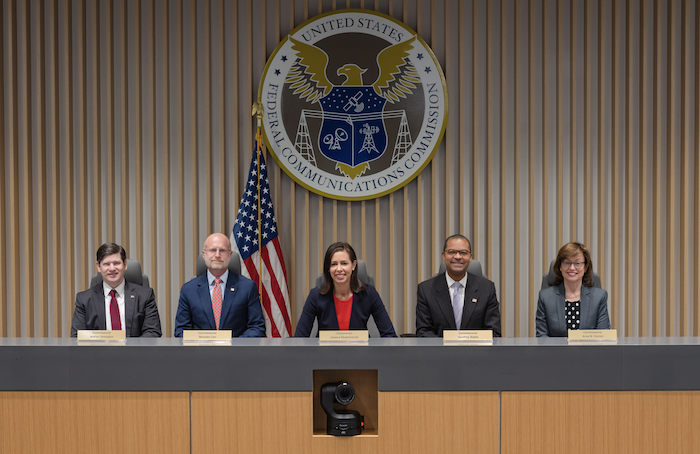FCC Chairwoman Jessica Rosenworcel and her fellow Commissioners heard reports Wednesday on the agency’s efforts to expand connectivity and access to modern-day communications. These combined efforts work to ensure that everyone, everywhere has the connections they need for school, healthcare, work, and more.
The presentation summarized the Commission’s efforts on providing fast, reliable and affordable internet service. The panels also highlighted work to close the digital divide such as addressing the cost of getting online, and better informing consumers when purchasing service. Also discussed was improving connectivity on Tribal lands, increasing access for those with disabilities, and collecting broadband availability and funding data to inform policymaking and infrastructure projects.
These efforts included:
- The Affordable Connectivity Program (ACP): With over 23 million households enrolled across all 50 states, territories, and federally recognized Tribal lands, the success, reach, and impact of the program was unmatched, according to the FCC. The ACP was the nation’s largest broadband affordability effort to date.
- Launching Broadband Labels: The FCC established labels for broadband providers to display specific information regarding their internet service plans, enabling consumers to make informed decisions when shopping for broadband service.
- Modernizing E-Rate & Disability Access: The FCC modernized the E-rate program by expanding eligibility for WiFi hotspots, WiFi on school buses, and to address digital disparities on Tribal lands. It also adopted rules to improve the access and functionality of communications services for people with disabilities such as updating access to video conferencing services and requiring 100 percent of U.S. mobile wireless handset models to be hearing aid compatible.
- Improving Broadband Data Collection: A cross-agency team worked to develop what the Commission calls “the most accurate national broadband maps in our nation’s history,” enabling the FCC to clearly understand the gaps in the country’s infrastructure and facilitate effective and targeted investments to expand this critical resource. For the first time, the agency says it was able to produce broadband availability maps that showed data down to the individual serviceable location versus previous maps that stated broadband was available if a single home in a census block could have service.





Reader Interactions